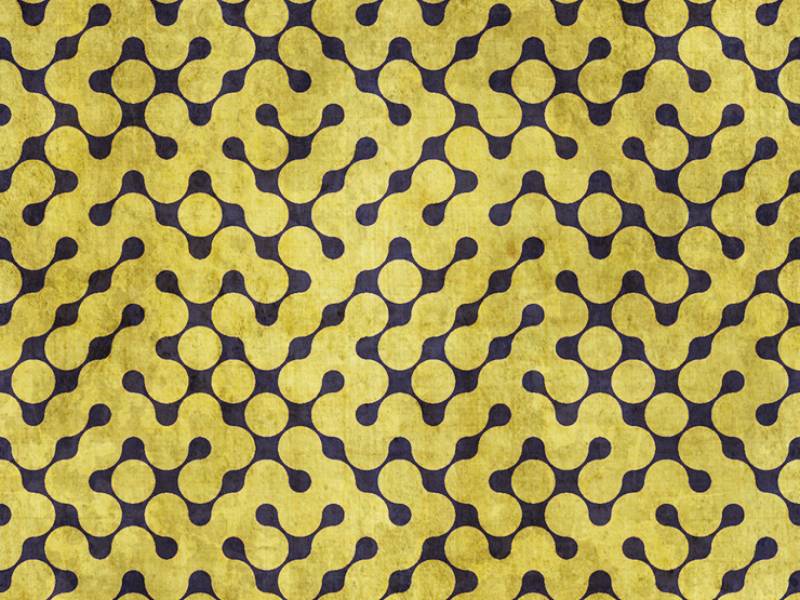Description
The QuickScreen One Step Opiates Screening Test is a rapid, qualitative immunoassay for the detection of opiates and opiate metabolites in urine. The cutoff concentration for this test is 300 ng/mL, as recommended by the Substance Abuse and Mental Health Services Administration (SAMHSA), formerly the U.S. National Institute of Drug Abuse (NIDA). This test provides only a preliminary test result. A more specific alternate testing method must be used in order to obtain a confirmed analytical result. Gas chromatography/mass spectrometry (GC/MS) is the preferred confirmatory method. Other chemical confirmation methods are available. Clinical consideration and professional judgment should be applied to any drug of abuse test result, particularly when preliminary positive results are observed.
Opiates are addictive, pain-relieving narcotic drugs derived from the opium poppy (Papaver somniferum). An opiate is any natural or synthetic drug derived from this plant that has morphine-like
pharmacological actions. Natural opiates include Morphine, Codeine and Thebaine. Synthetic opiates include Heroin, Hydrocodone and Levorphanol. Urine based screening tests for drugs of abuse range from complex analytical procedures to simple immunoassay tests. The sensitivity and rapidity of immunoassays have made them the most accepted method of preliminary screening for drugs of abuse in urine. This allows the laboratory to eliminate the large number of negative specimens and focus on the smaller number of initially positive specimens.
The QuickScreen One Step Opiates Screening Test is a competitive immunoassay that is used to screen for the presence of Opiates and their metabolites in urine. It is a chromatographic absorbent device in which drugs or drug metabolites in a sample compete with drug / protein conjugate immobilized on a porous membrane for a limited number of antibody / dye conjugate binding sites. The test device employs a unique combination of monoclonal and polyclonal antibodies to selectively identify Opiates and their metabolites in urine with a high degree of confidence. In the assay procedure, a urine sample is added to the test device in the Sample Well ÒS,Ó where it is absorbed into the device by capillary action. The urine mixes with the antibody-dye conjugate and flows across the pre-coated membrane. When sample Opiate levels are below 300 ng/mL (the detection sensitivity of the test), antibody / dye conjugate binds to the drug/ protein conjugate immobilized in the Test Region (T) of the device. This produces a colored Test Band that, regardless of its intensity, indicates a negative result. When sample Opiate levels are at or above 300 ng/mL, the free drug in the sample binds to the antibody / dye conjugate, preventing the antibody / dye conjugate from binding to the drug / protein conjugate immobilized in the Test Region (T) of the device. This prevents the development of a distinct colored band,
indicating a potentially positive sample.




